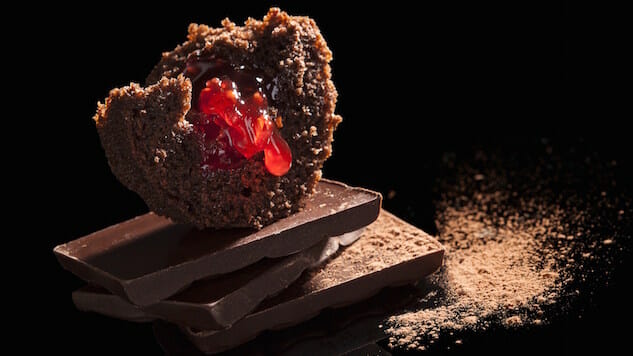Lights Out, Taste Up: The Journey of Dining in the Dark
Photos courtesy of Ctaste
Since the opening of Switzerland’s Blindekuh (Blind Cow), which is said to be the first restaurant to introduce dark dining in 1999, the concept has continued to expand and flourish across the UK, Germany, India, Dubai, Asia, America and The Netherlands.
“Pioneered by the likes of Axel Rudolph, psychologist, and owner of the Unsicht-Bar [in Germany], the concept was developed with the idea of ‘shedding some light’ on the sensory world of the blind,” writes Charles Spence and Betina Piqueras-Fiszman.
In their article Dining in the Dark, published in The British Psychological Society in 2012, Spence and Piqueras-Fiszman write that this empathic approach is meant to “place the blind at something of an advantage relative to their normally sighted counterparts.”
After visiting a dark dining restaurant in Paris, Sandra Ballij and Bas de Ruiter decided to bring the concept to Amsterdam. Thus, opening Ctaste in 2007.
The restaurant employs 26 staff, including 14 who are visually or hearing impaired.
With the opening of the restaurant, Sandra and Bas wanted to help reduce unemployment for groups with sensory disabilities, raise awareness and offer diners a chance to dine in complete darkness.
The mystery, the desire for a new experience, and of course, the unique way of dining – are all intriguing and alluring aspects that bring customers in daily.
Served by highly trained blind or partially sighted servers, Ctaste offers a three-course dinner menu of fish and fruits de la mer, meat and poultry or vegetarian. Otherwise for something lighter there’s the option of high tea, high wine, beer, ice cream and chocolate tastings – all in pitch darkness.
Upon arrival at Ctaste, diners are told to put all their belongings into a locker, especially their phones, followed by a quick briefing about a few “must-knows.” Then, holding on to the waiter’s shoulder, the diners are led into the darkness in a single file.
Unable to make out any form or shapes around you, just the voices of other customers creates a sense of vulnerability, and slight anxiety, as the darkness is quite confronting.
The sudden sound of a waiter coming near you creates that same excitement of when you see a waiter bringing out food.
-

-

-

-

-

-

-

-

-

-

-

-

-

-

-

-

-

-

-

-

-

-

-

-

-

-

-

-

-

-

-

-

-

-

-

-

-

-

-

-








































